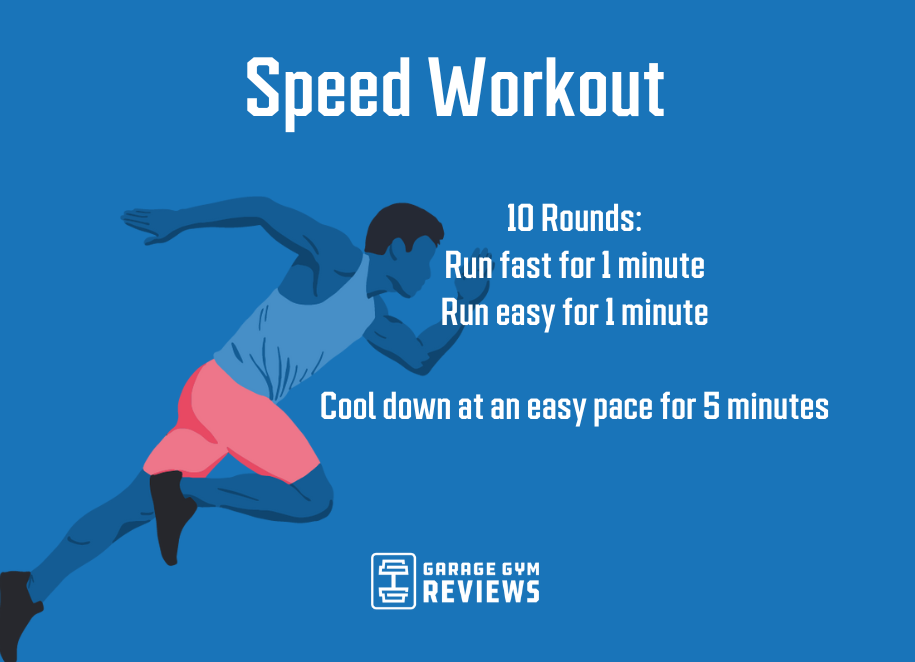The Ultimate Guide to Taking Care Of Discomfort When Running
Whether you are an experienced marathoner or just beginning your running trip, comprehending the various kinds of pain that can occur and the methods to address them is essential. From pre-run workout regimens to appropriate footwear option, there are numerous factors to consider when it comes to dealing with discomfort while running.

Recognizing Different Kinds Of Running Discomfort
When running, it is vital to compare various types of discomfort to avoid injuries and make best use of performance (Read More). One common kind of discomfort that runners might experience is muscular tissue soreness, which usually develops from the tension placed on muscles throughout exercise. This sort of discomfort is frequently a regular component of the running procedure and can be handled through correct warm-up, cool-down, and extending routines
One more type of discomfort to be familiar with is joint discomfort. Joint discomfort can indicate problems such as overuse, inappropriate kind, or underlying problems like arthritis. Overlooking joint pain can result in extra severe injuries, so it is important to resolve any discomfort without delay and possibly seek expert suggestions.
Additionally, sharp or stabbing pains ought to not be neglected. These kinds of pain can signal severe injuries such as stress, strains, or stress and anxiety fractures - running workout. Remaining to go through these sorts of discomfort can worsen the injury and lengthen recovery time

Pre-Run Workout and Extending Regular
To prepare the body for a running session, applying an efficient pre-run warm-up and extending routine is necessary. An appropriate warm-up aids boost blood flow to the muscular tissues, enhances flexibility, and minimizes the danger of injury during the run. By including a consistent pre-run workout and stretching regular into your running routine, you can enhance efficiency and reduce the threat of discomfort or injury.
Correct Footwear Option and Fit
Selecting ideal footwear that fits well is vital for runners to avoid pain and decrease the threat of injuries. Ill-fitting shoes can bring about blisters, black toe nails, shin splints, and various other painful conditions that can prevent performance and sideline training. When selecting operating shoes, it is vital to think about variables such as foot type, running stride, arch support, cushioning, and shoe size. running strategy. Visiting a specialized running shop for a gait analysis and expert installation can help ensure that you pick the right shoes for your private demands. Running footwear ought to supply adequate support and stability while additionally being comfortable and lightweight. In addition, it is recommended to replace your running footwear every 300-500 miles to keep correct cushioning and support. Buying top quality shoes that is ideal for your running style and foot anatomy is a proactive step towards protecting against discomfort and injuries during your runs.
Nutrition and Hydration Tips for Pain Avoidance

Hydration is just as important for runners to stay clear of cramps, dehydration, and other discomforts that can lead to discomfort during running. By focusing on nourishment and hydration, joggers can improve their performance, minimize discomfort, and delight in a much more comfy running experience.
Post-Run Recovery Techniques to Relieve Discomfort
Executing efficient recuperation methods is important for relieving discomfort and promoting muscle mass healing after running sessions. One vital post-run recuperation technique is stretching. Integrating fixed go for significant muscular tissue teams can help decrease muscle mass tension and discomfort. Foam rolling is an additional valuable practice to release muscle tightness and boost blood circulation to the muscular tissues, aiding in quicker recovery. Additionally, icing sore areas for 15-20 mins can aid reduce inflammation and numb pain post-run.
Moistening adequately post-run is essential for replenishing liquids shed throughout exercise and aiding in muscle healing. Taking in a balanced treat or dish that includes protein and carbs within 30 mins of completing a run can help fix muscle mass tissue and renew power stores. Additionally, obtaining sufficient rest is essential for enabling the body to fix and enhance muscles. Incorporating energetic recovery tasks such as light strolling or swimming can also aid promote blood flow and lower muscle mass stiffness - Read More. By incorporating these post-run healing techniques into your regimen, you can efficiently manage pain and maximize your running performance.
Conclusion
In verdict, resolving different kinds of running pain through proper warm-up, extending, footwear option, nourishment, hydration, and post-run healing strategies is vital for discomfort prevention and management. By understanding the reasons of pain and carrying out these approaches, runners can decrease discomfort and prospective injuries. It is essential to focus on overall physical wellness and well-being to make sure a successful and satisfying running experience.